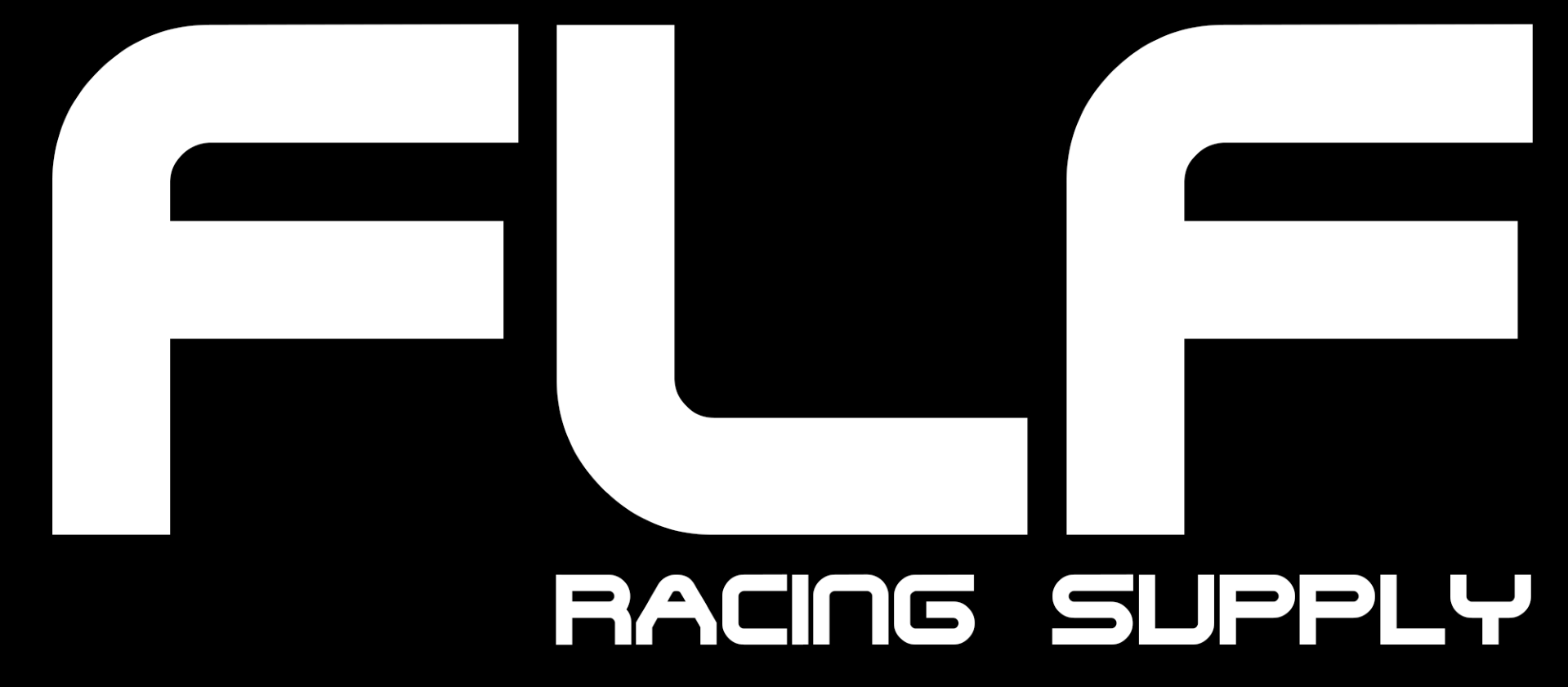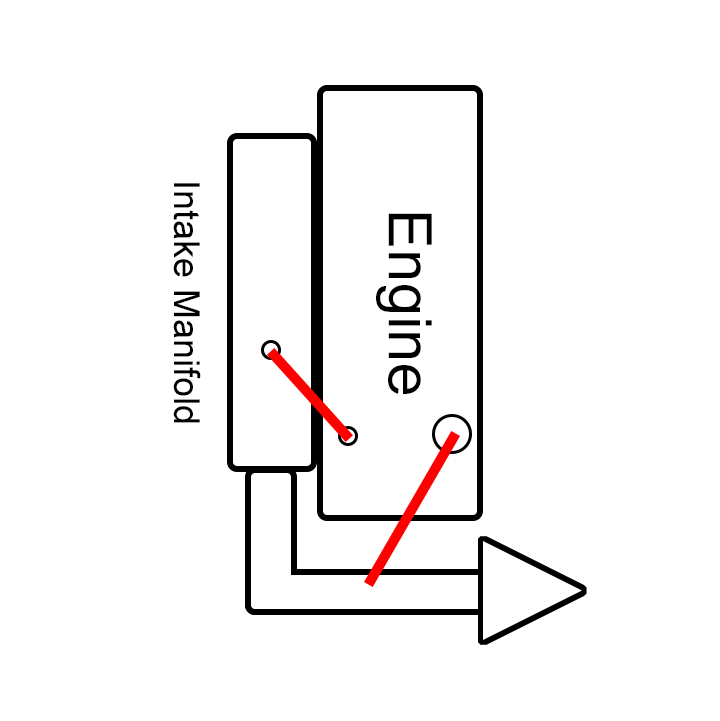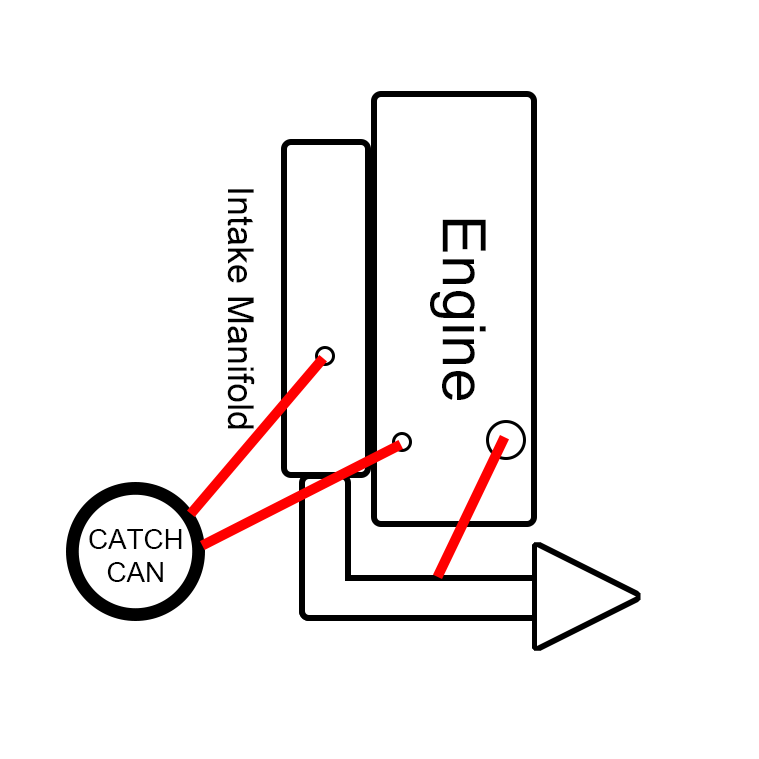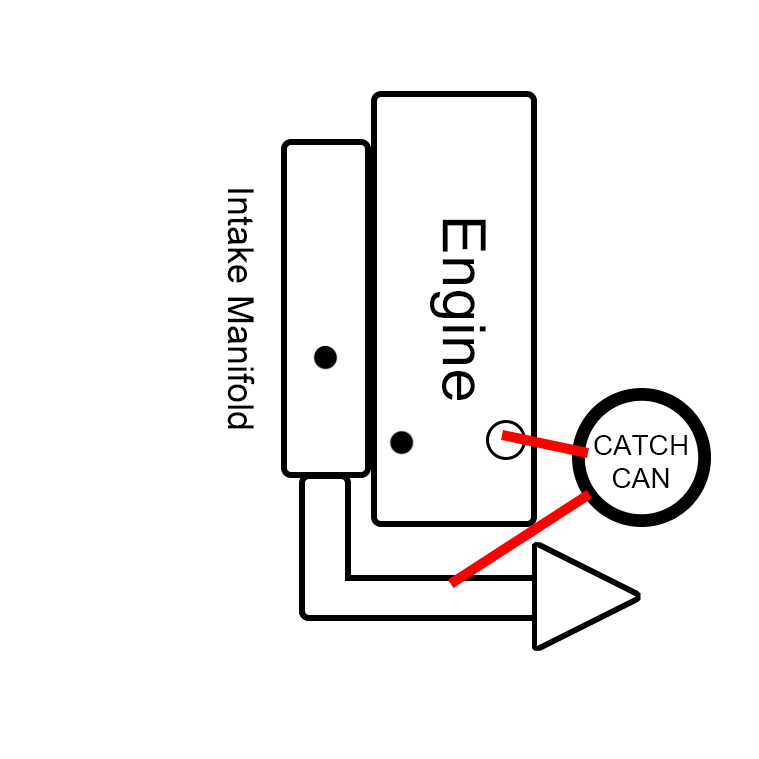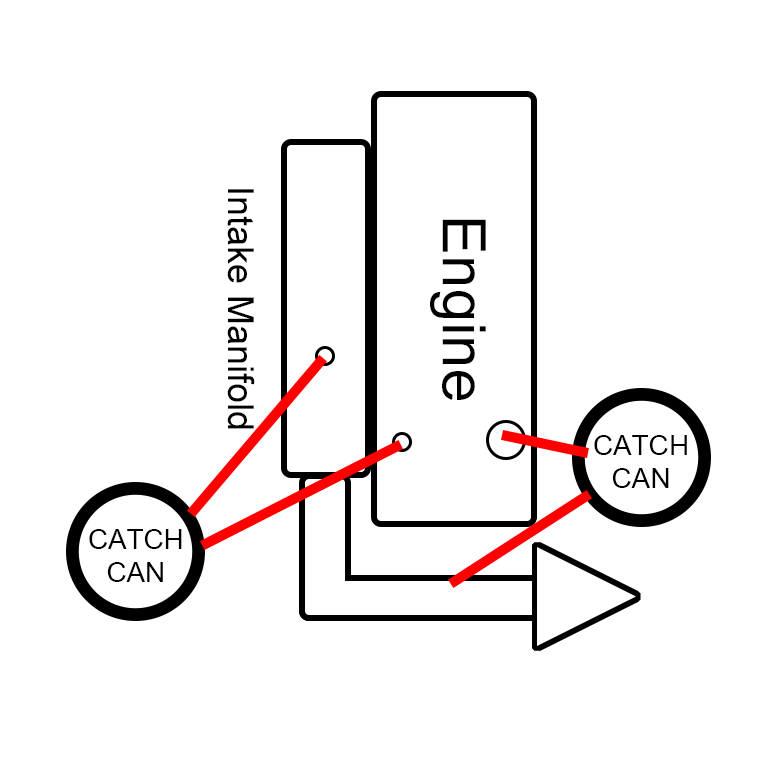In motorsports, having a reliable fuel system is crucial for performance and safety. One of the most important components in the fuel system is the fuel filter. A fuel filter’s main function is to remove any impurities, such as dirt, rust, and debris, from the fuel before it enters the engine. This helps to protect the engine from damage and ensures that the engine is running on clean fuel.
Motorsport fuel filters are designed to handle the high-performance demands and harsh conditions of motorsports. They are typically made from high-quality materials, such as aluminum or stainless steel, which can withstand high temperatures, pressures, and vibrations. Some of the fuel filters are designed to be reusable, while others are designed to be disposable.
There are a few different types of motorsport fuel filters available, each with their own set of advantages and disadvantages. The most common types of motorsport fuel filters are paper element filters, reusable element filters, and foam element filters.
Paper element filters are the most common type of fuel filter and are typically the most affordable. They are made from a pleated paper material that is designed to trap impurities and debris. They are disposable, which means they need to be replaced when they become clogged.
Reusable element filters, also known as washable filters, are another popular choice for motorsports. They are made from a metal mesh or wire material that can be cleaned and reused multiple times. They are more expensive than paper element filters, but they have a longer lifespan and can save money in the long run.
Foam element filters are similar to reusable element filters but are made from a foam material. They are also washable and reusable, and can filter out smaller particles than paper or metal element filters. However, foam element filters can absorb fuel and can become heavy, so they need to be checked regularly and cleaned when necessary.
When choosing a fuel filter for motorsports, it’s important to consider the type of engine, the type of fuel, and the conditions in which the vehicle will be used. For high-performance engines, a reusable or foam element filter may be a better choice as they can handle higher flow rates and filter out smaller particles. For vehicles that will be used in harsh conditions, a filter made from aluminum or stainless steel may be a better choice as they can withstand high temperatures, pressures, and vibrations.
In conclusion, motorsport fuel filters are an essential component of a high-performance fuel system. They remove impurities and debris from the fuel, protecting the engine from damage and ensuring that the engine is running on clean fuel. There are a few different types of motorsport fuel filters available, each with their own set of advantages and disadvantages, so it’s important to choose the right one for your specific application.
